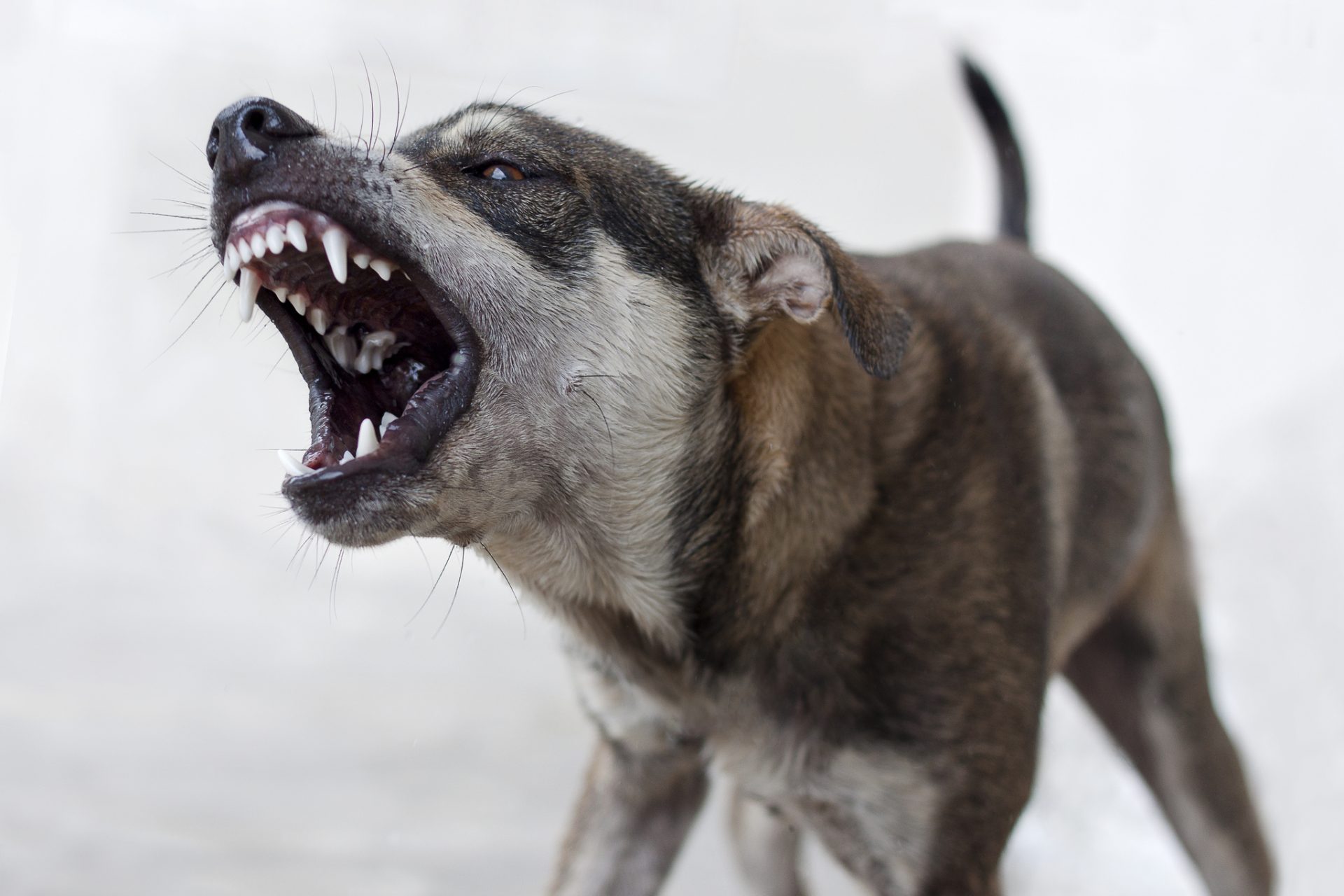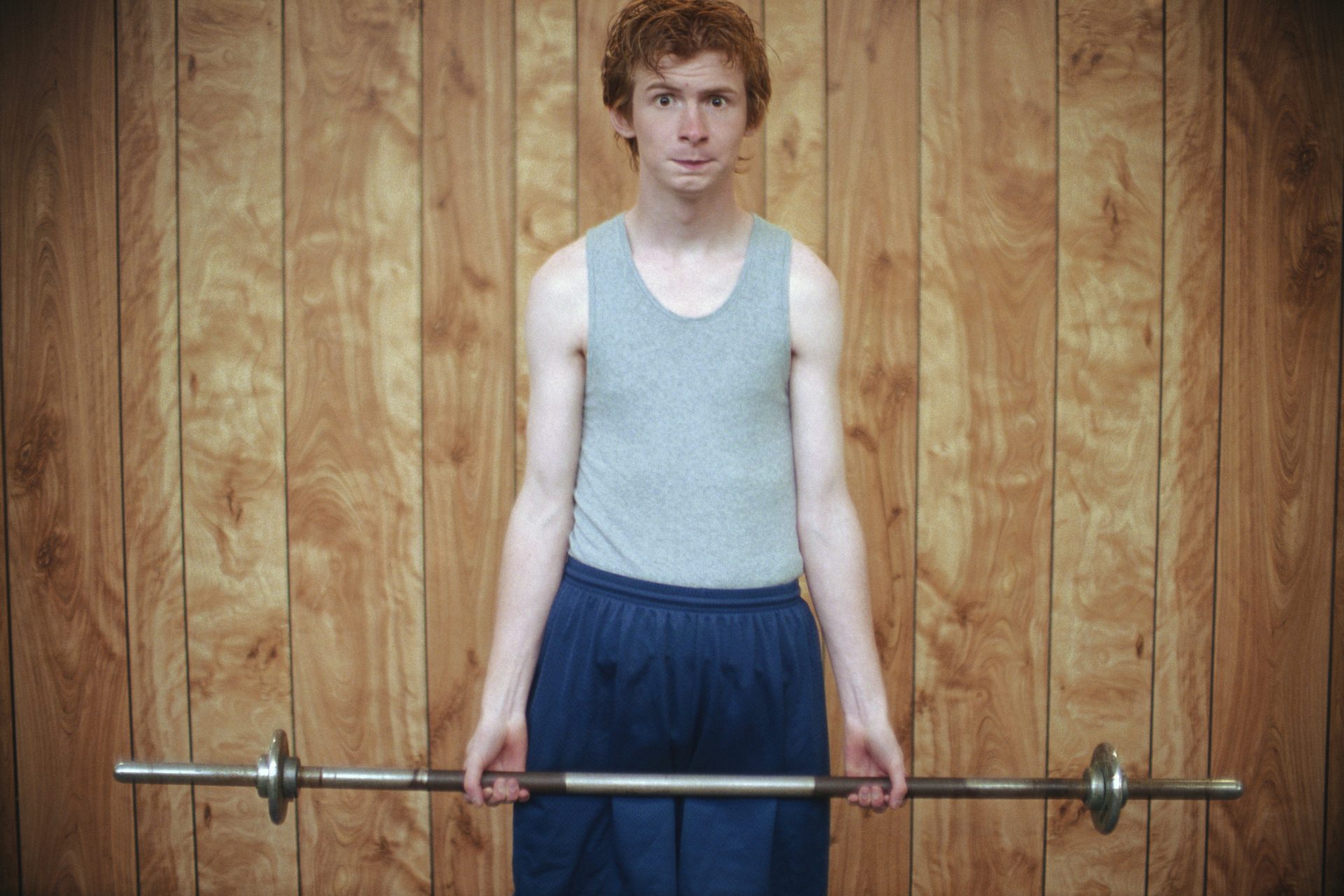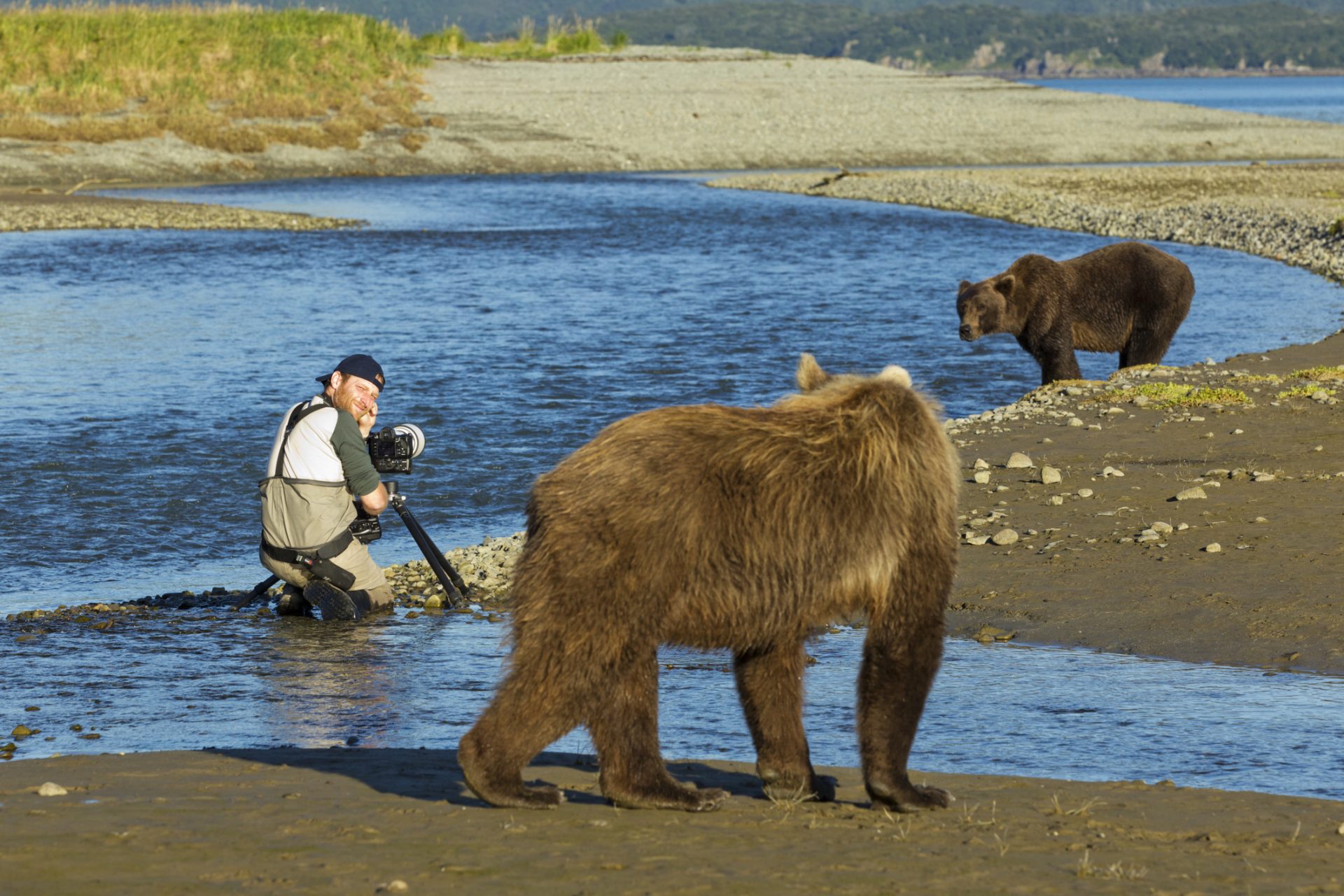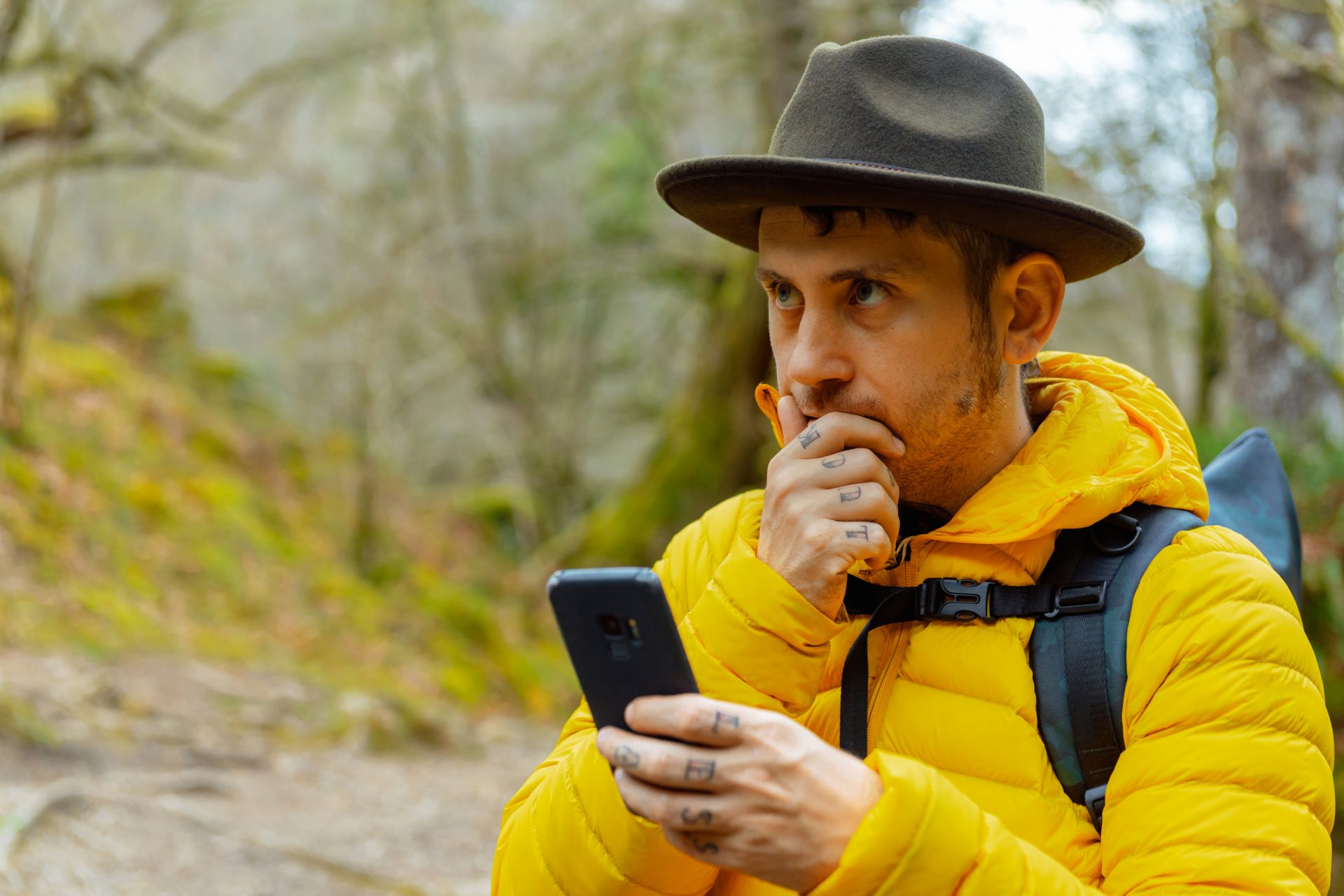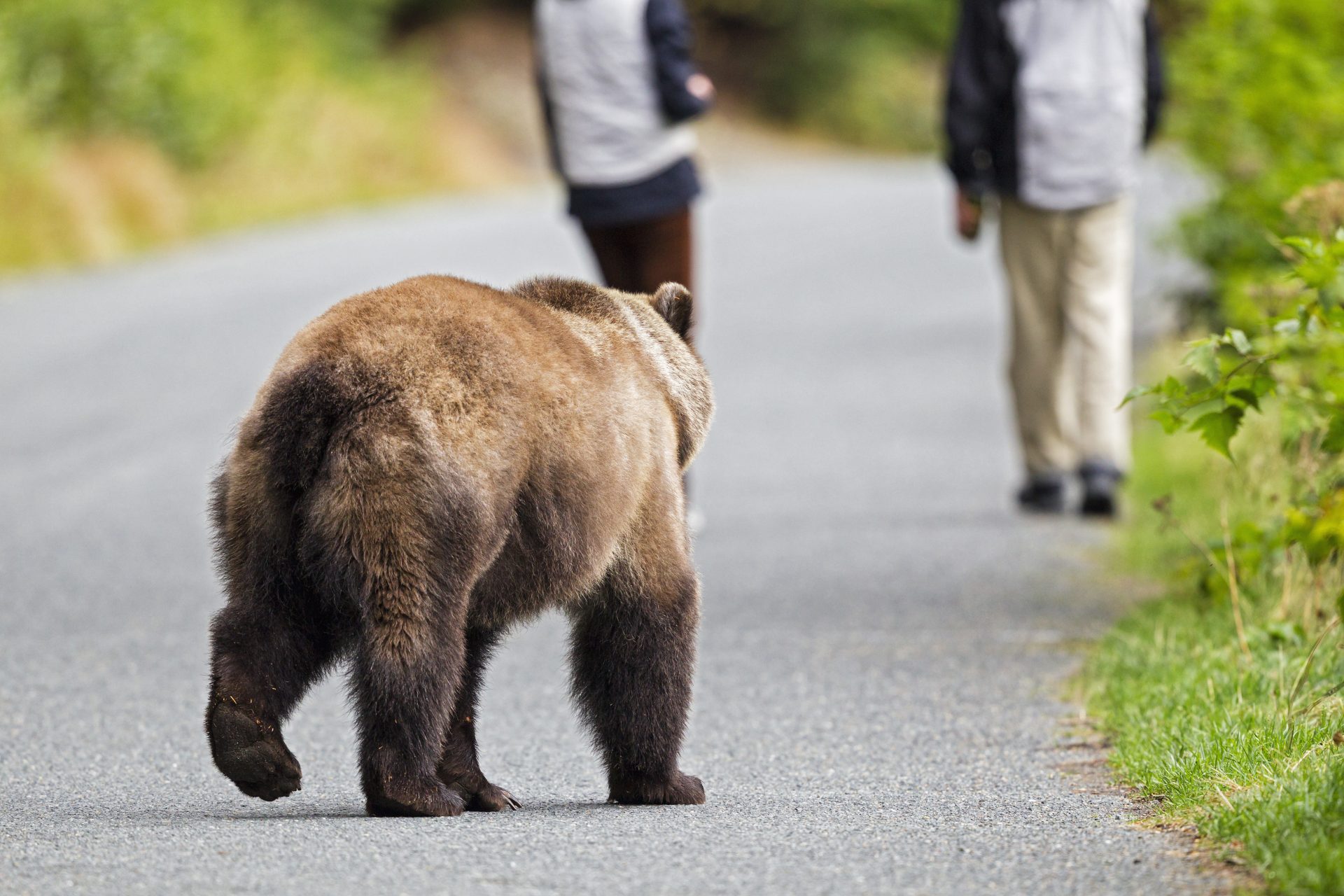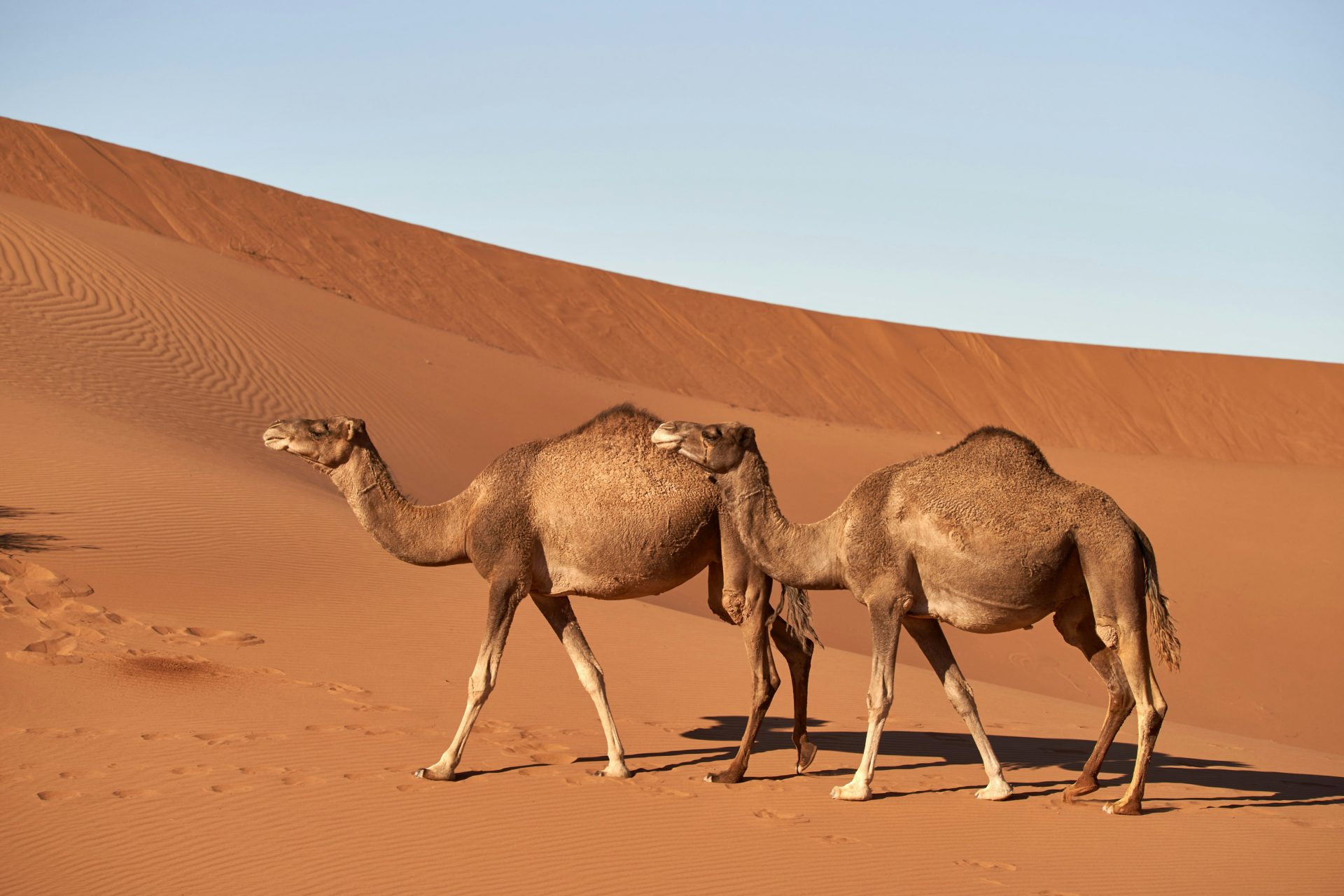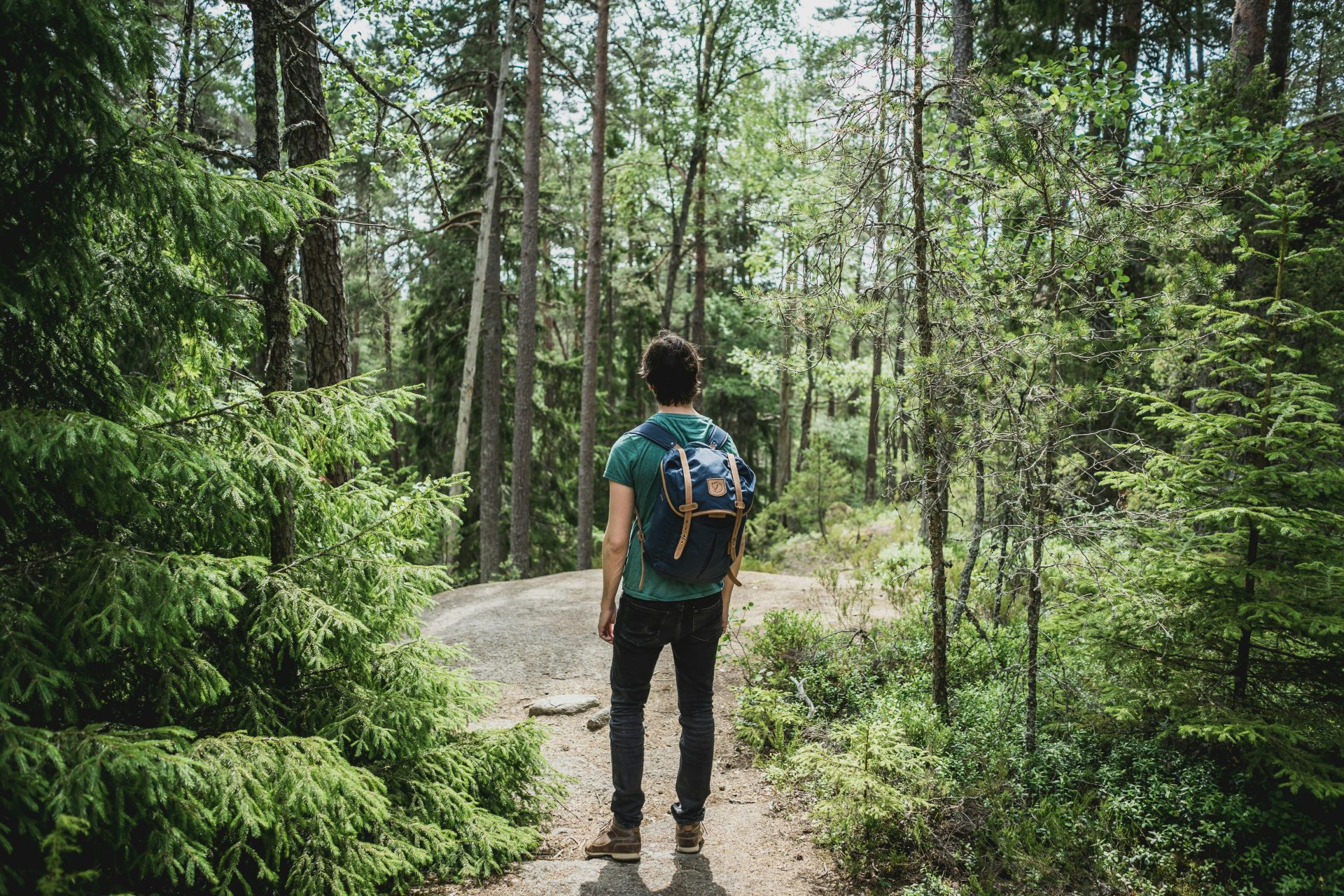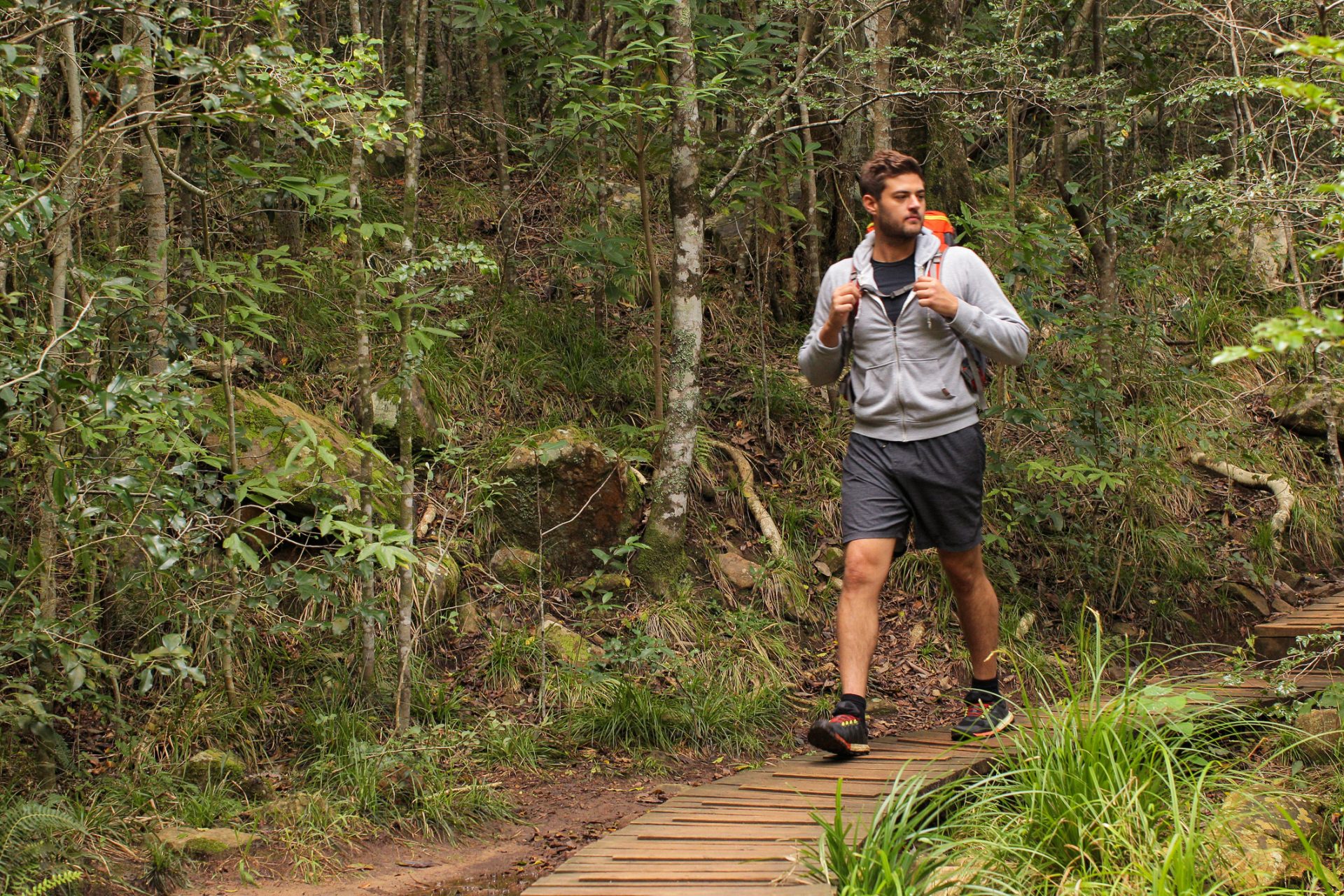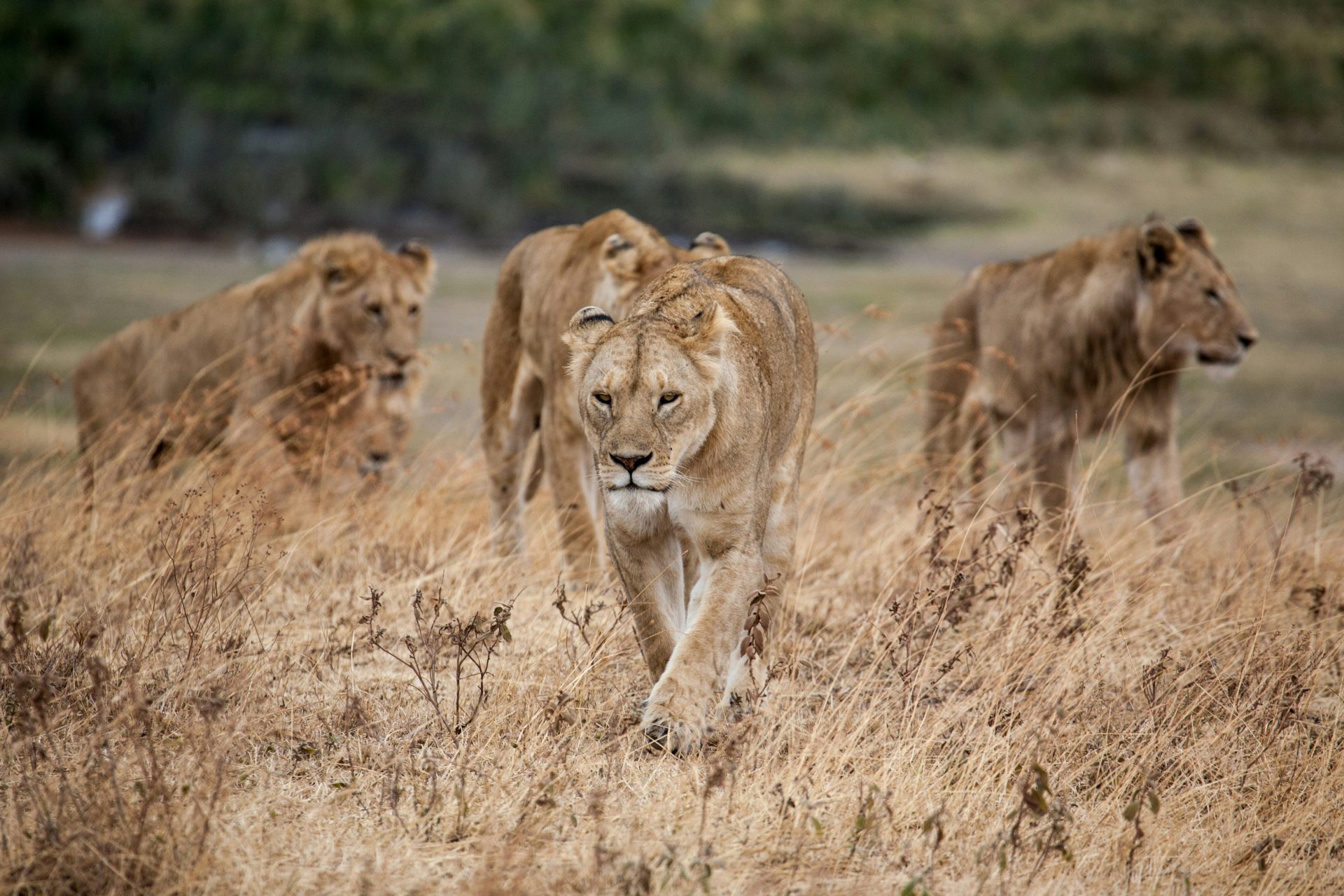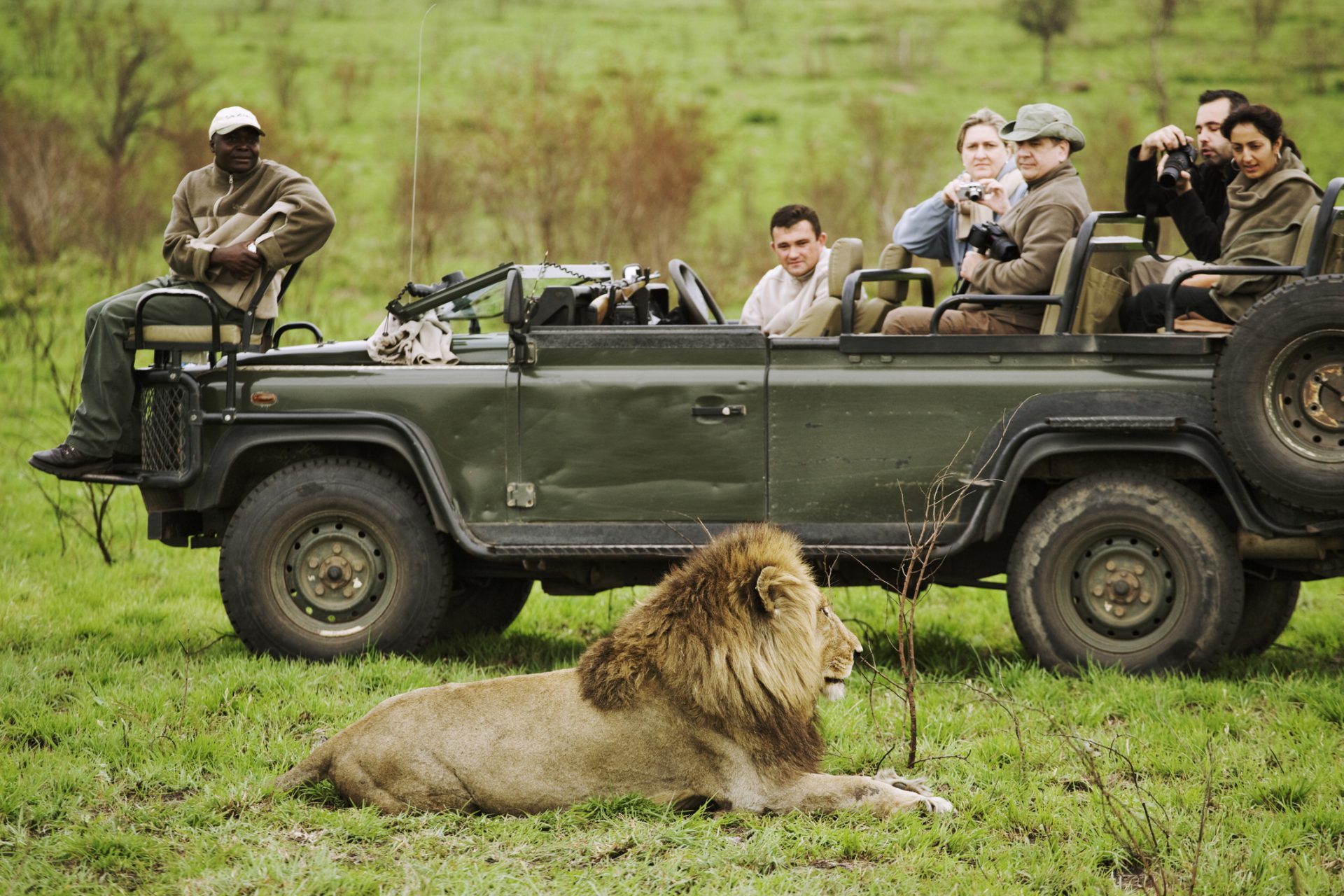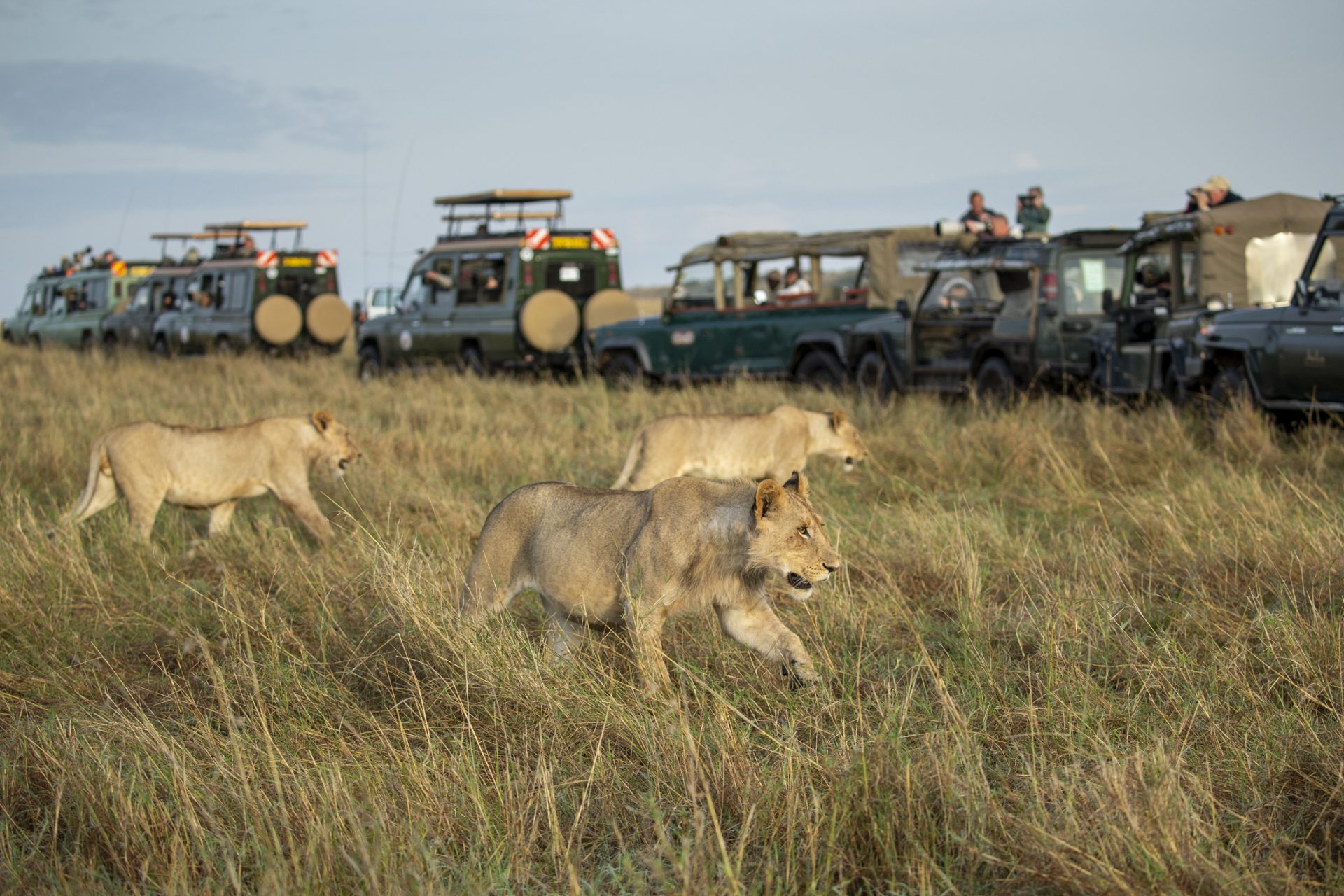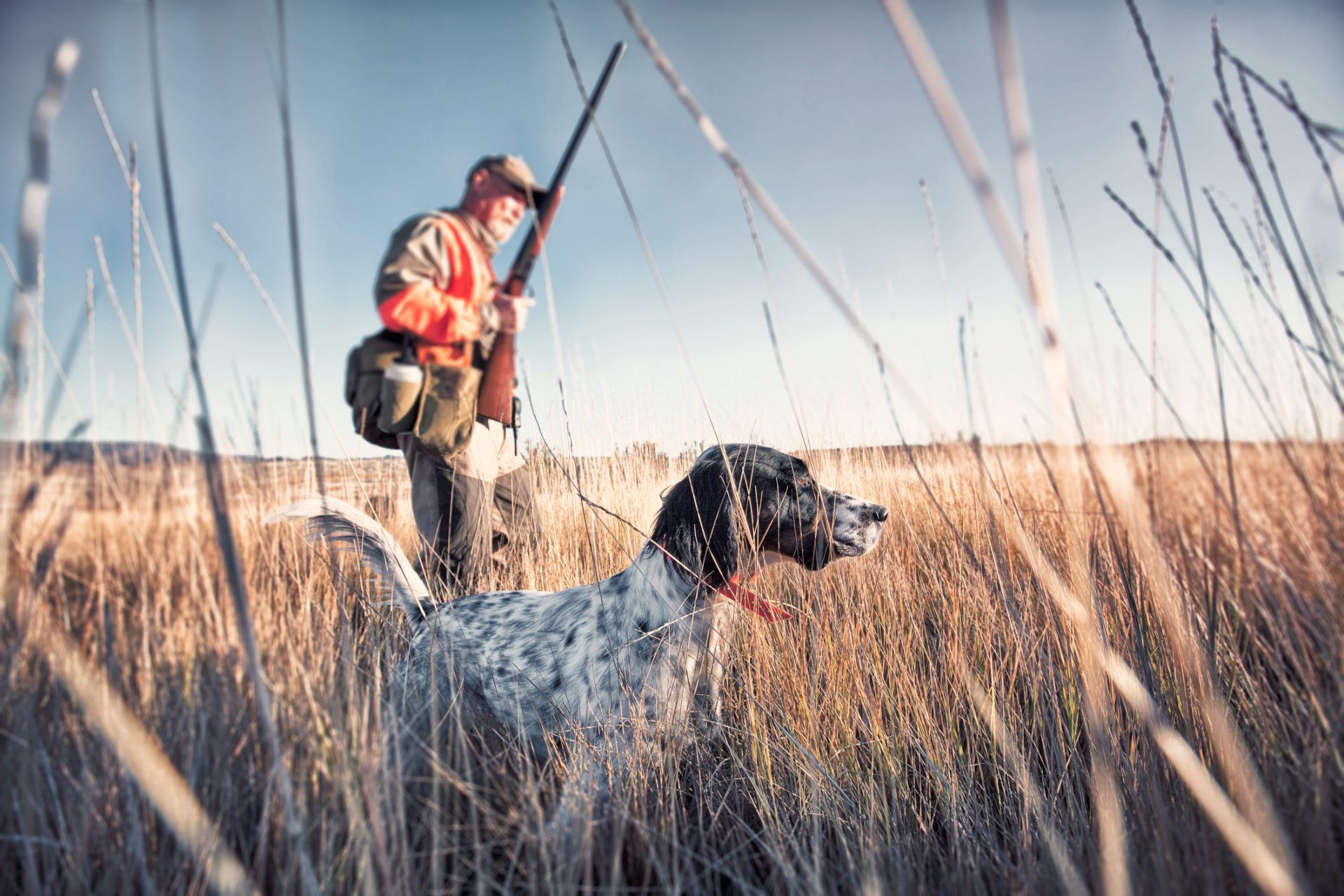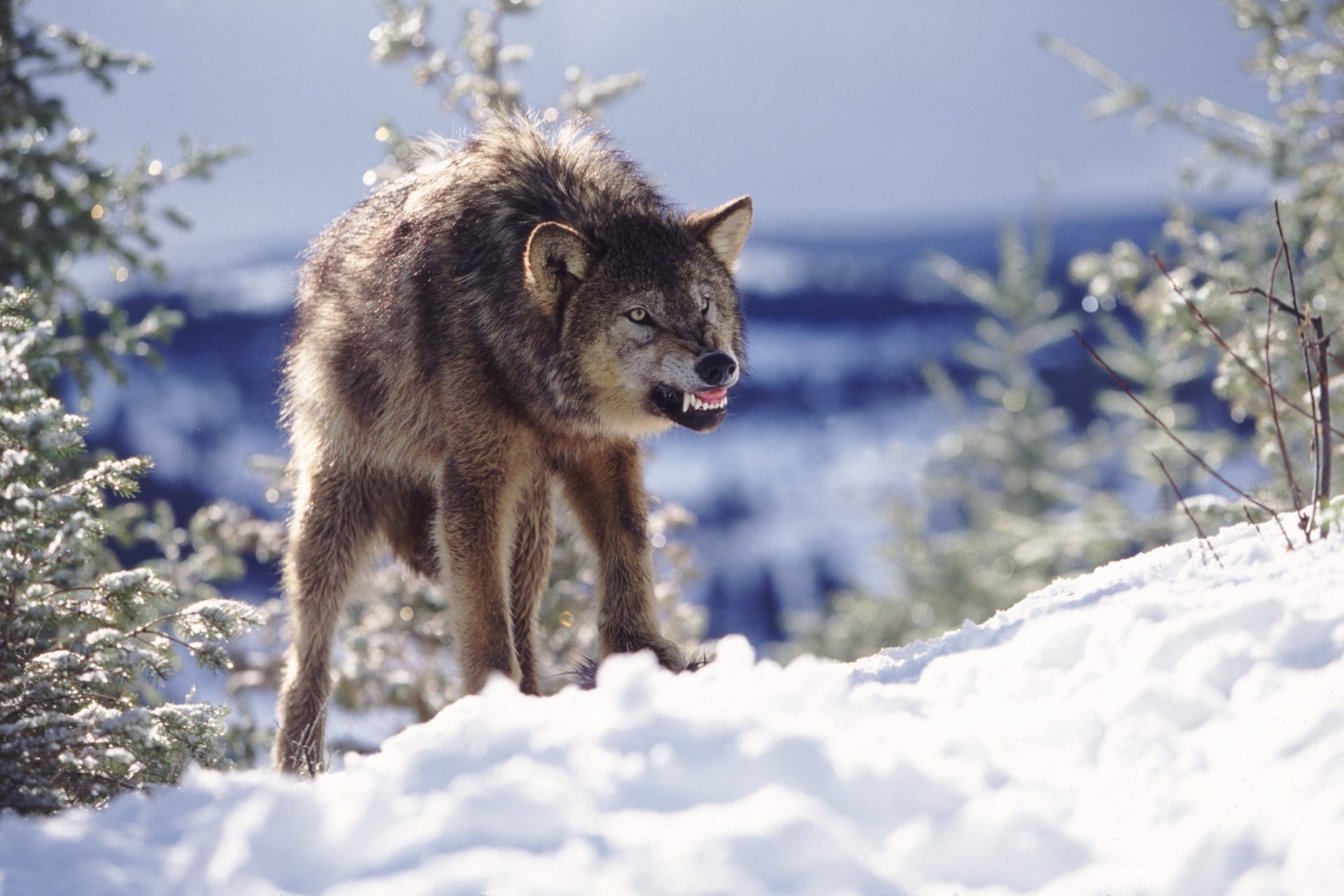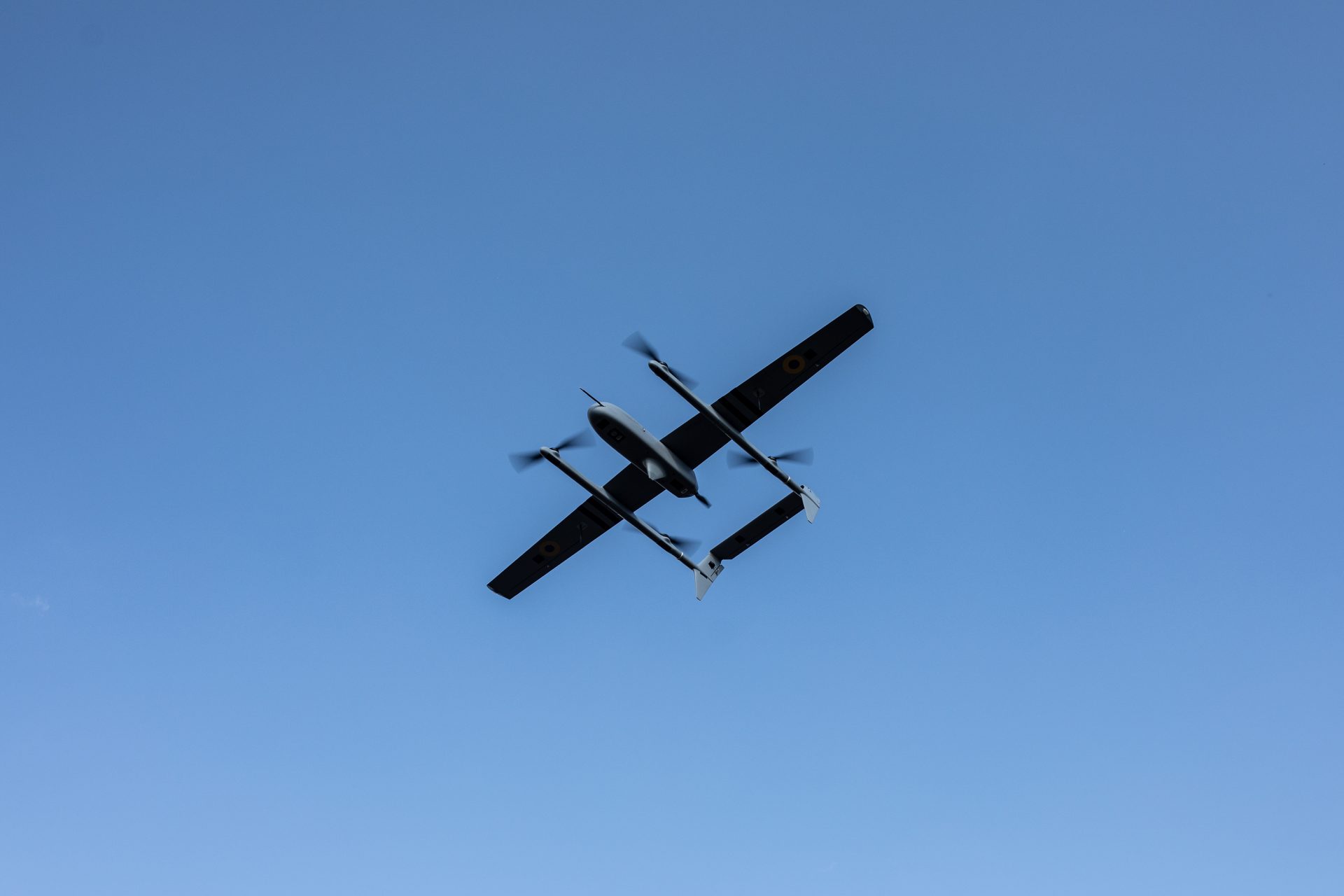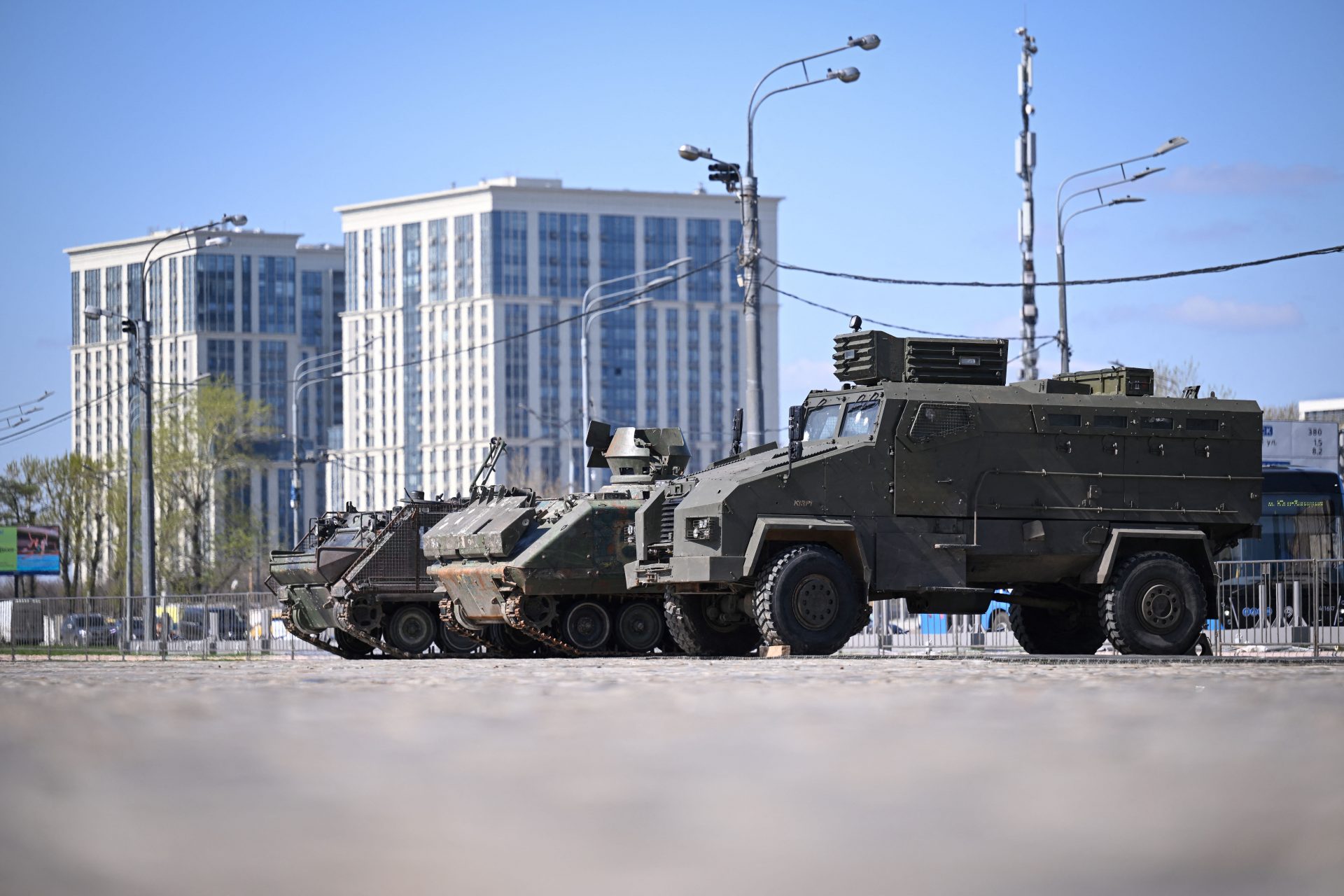Why don’t animals attack humans more often?
Human beings are at the top of the food chain on our planet but when you really look at what we can and can’t do it doesn’t always make sense that we hairless monkeys made it to the position of the Earth’s apex predator.
People are weak and slow. If a bear or jaguar wanted to snatch up a hiker making their way through a backwoods trail there really isn’t much that hiker could do if they weren’t armed with some kind of weapon to help out.
Why animals don’t attack humans more often than they already do is a bit complicated, and it was a question that Live Science’s Patrick Pester tried to answer in 2021 as part of an ongoing series called Life's-Little-Mysteries.
What Pester discovered was that humans have our physiology to thank for not being on the menu for more animals more often. Humanity evolved to be bipedal and it had a big impact on how animals perceive our threat level.
"There is a threat level that comes from being bipedal," Hawks told Live Science. "And when we look at other primates — chimpanzees, gorillas, for instance — they stand to express threats,” paleoanthropologist John Hawks told Live Science.
Hawks went on to explain that becoming larger in appearance is threatening to others and it was one of the easiest ways that animals communicate to predators that they’re in trouble if they plan to attack or eat their prey.
Photo by Lance Reis on Unsplash
Camels, gibbons, and hooded seals are just a few examples of animals that evolved to make themselves look bigger in order to scare off their predators according to National Geographic, and bipedalism is the same in people.
Photo by Wolfgang Hasselmann on Unsplash
Walking upright makes humans look bigger than they actually are and this turn helps us when animals come looking for a meal. However, our two-legged strength can also be a major weakness according to Pester.
Photo by Patrick Schneider on Unsplash
Walking on two legs instead of four makes us slower. But Hawks noted that our upright stance helps make up for its weakness."It's sort of like a bluff," Hawks explained. "It's like, 'I'm walking around; I'm tough; I'm showing where I am on a landscape.'"
This concept was also detailed by Smithsonian Magazine when answering a question about why lions didn’t attack tourists when they were on safari. The short answer was that the lions viewed the cars they were in as a threat they couldn’t handle.
Photo by Jeff Lemond on Unsplash
“It’s all about predator-prey dynamics,” wrote Craig Saffoe, Curator of Great Cats at the National Zoo. “A lion wouldn’t think twice about going after an individual human, but a motor vehicle is just so much larger than any animal a lion would usually attack as prey.”
“This dynamic also helps explain why animals do things or have characteristics to make themselves look larger—to avoid being perceived as easy prey,” Saffoe continued. But there are also two other important reasons animals aren’t attacking humans.
First, humans have developed an arsenal of tools and weapons that help even the field when it comes to taking on animals. Our ability to kill at a distance made humans more deadly to predators, which Pester noted meant we took the fight to larger animals.
The third reason why animals don’t attack humans more often is that there just aren’t as many larger predators as there used to be in the past. Humans have spent the majority of our history clearing out the animals that pose the biggest threat to our survival.
"We've been trying to essentially clear the landscape that we use for large predators for a very long time," explained Justin Suraci, the lead scientist in community ecology and conservation biology at Conservation Science Partners.
"For very logical reasons, some of these larger predators have a healthy fear of humans in the same way that any prey species would fear its predators," Suraci said, which is a situation that helps keep both humans and their predators safe.
More for you
Top Stories



